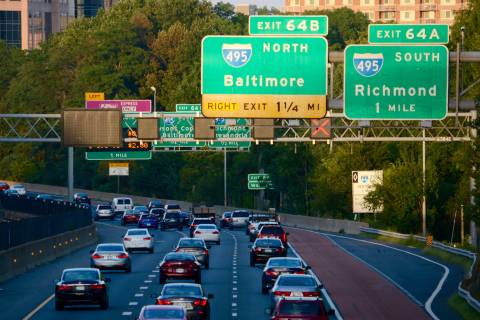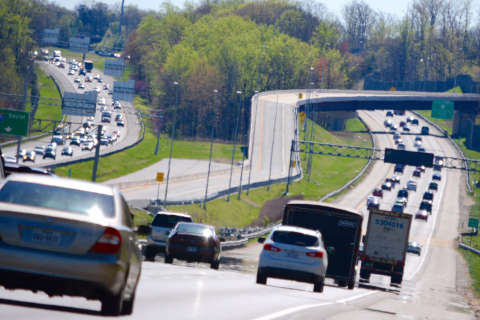WASHINGTON — When snow threatens or falls, the best way for local governments to keep drivers safe is treating and pre-treating the roads with brine and salt.
It’s a safety measure that helps avoid crashes, but it comes with a long-term price if drivers are not careful: rust damage.
Over the past five years, motorists across the nation have shelled out $15.4 billion repairing rust caused by road salt, said John Townsend of AAA Mid-Atlantic.
“It has a devastating impact on our cars,” he said.
And it isn’t just an issue of costliness or cosmetics. Over the years, rust can build up on important components and affect safety.
“If we get rust in our brake lines, the car doesn’t brake properly and that could cause a crash,” Townsend said.
Treating roads is important: The Iowa Department of Transportation, for instance, found in a study that de-icing reduced collision frequency by 88 percent.
The state of Maryland, Townsend said, is on the cutting edge of balancing the need to treat roads with the damage chemicals and salt can cause. Over the past three winters, it has reduced the amount of road salt it uses by over 40 percent.
Ultimately, protecting one’s car from salt damage, he said, comes down to the owner. It is recommended that motorists wash their cars very well, before winter, after any snowstorm and at winter’s end.
“Pay particular attention to the undercarriage and to the brake lines. Make sure you wash that salt away,” Townsend said.
And don’t forget those wheel wells. They need extra attention, too, he said.








